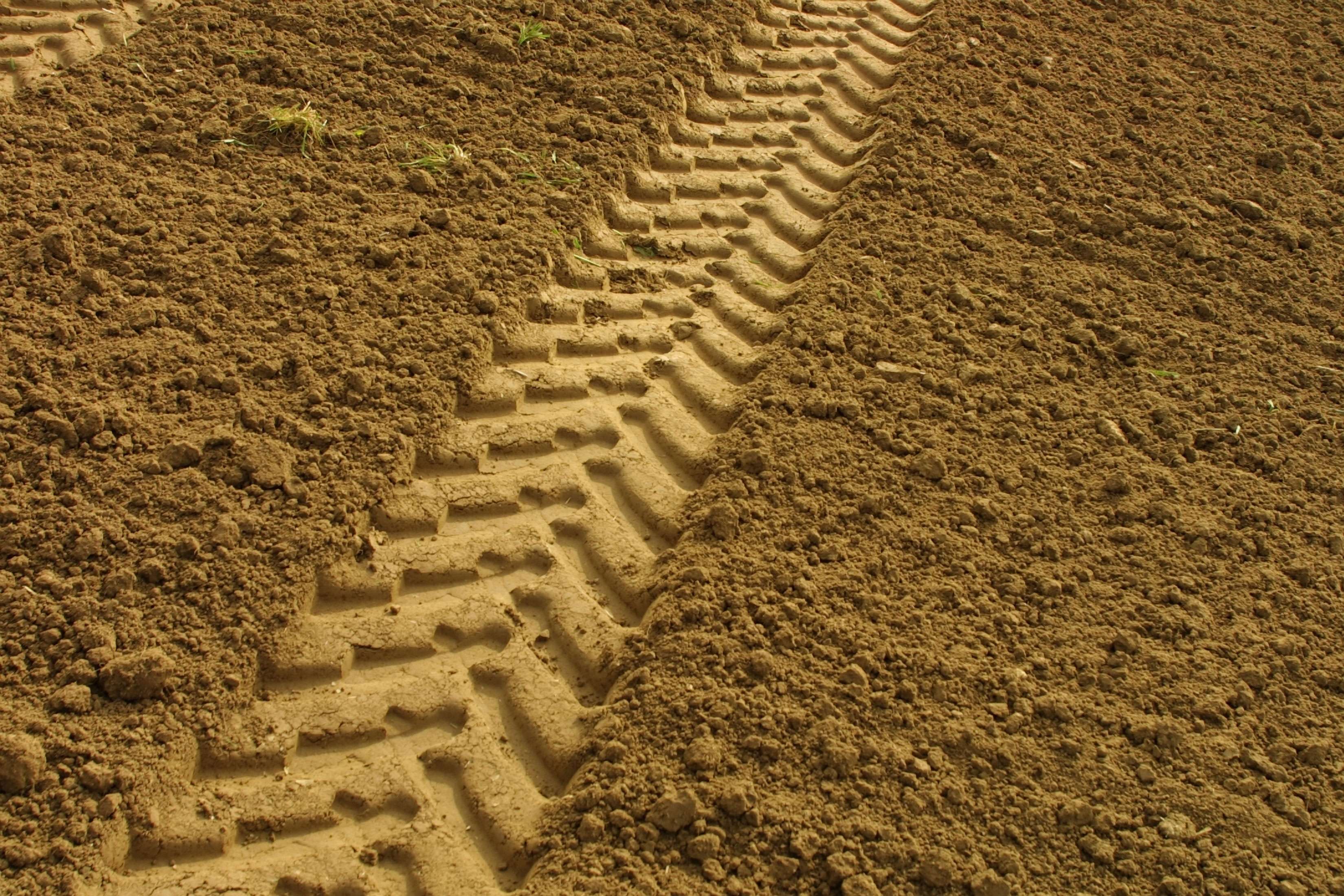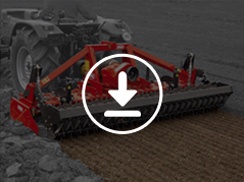Especially in the last 40 years, whom is concerned into the agricultural sector has adopted a series of strategies to increase the production: chemical fertilizers, new specialized crops (single crop and continuous crop) and more and more bigger machines. On one hand these strategies allowed the farms to obtain rich crops, however , on the other hand, they caused some important problems related to soil compaction. In this article we will analyze in detail what soil compaction is, its causes, the consequences and how to prevent this problem, a proper nightmare for farms owners.
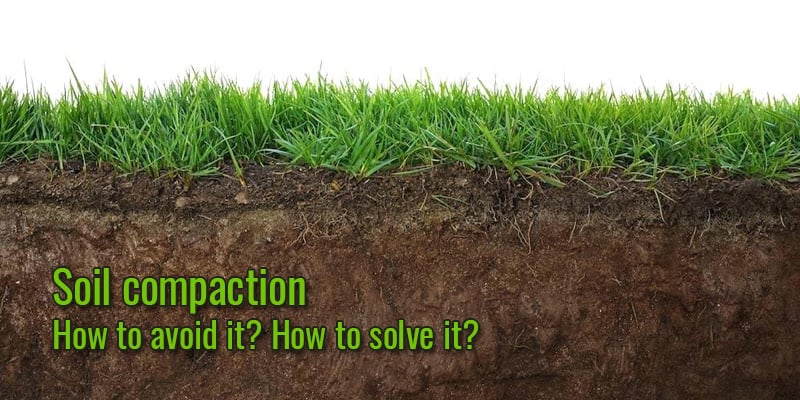
Causes
A good soil is composed by around 50% of empty spaces - called “pores” - through which the air and the water are being filtered: it’s actually this phenomenon which helps the development and the growth of the plants’ roots. The words “soil compaction” mean a progressive loss of porosity, causing also a reduction of organic substance; so the air and the water struggle to reach the subsurface and the plant is not getting any nutriments. The size of water stagnation problem is huge: this phenomenon may generate high peaks (up to 20%) of harvesting loss, with a dramatic and negative effect on the farm’s economy.
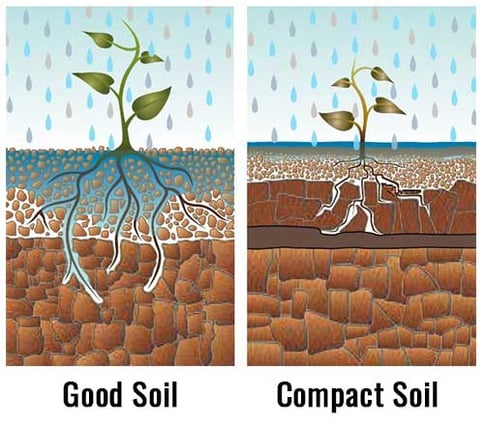 The causes of soil compaction are various and can be divided into natural and anthropogenic. As first instance, a reduction of the spaces between the soil’s particles may be the consequence of heavy rains or swelling and cracks of the terrain. For what concerns the anthropogenic factors, we mainly consider the use of very heavy machinery and their continuous passes over the soil to fulfill the various agricultural jobs (shredding, ploughing, harrowing, bed making, ecc..).
The causes of soil compaction are various and can be divided into natural and anthropogenic. As first instance, a reduction of the spaces between the soil’s particles may be the consequence of heavy rains or swelling and cracks of the terrain. For what concerns the anthropogenic factors, we mainly consider the use of very heavy machinery and their continuous passes over the soil to fulfill the various agricultural jobs (shredding, ploughing, harrowing, bed making, ecc..).
In addition to natural and anthropogenic factors, exist also other aspects which are connected to the compression of the pores into the soil, like for instance:
- Soil typology. A sandy soil normally is less prone to compaction, in comparison to clay soil, which becomes very fragile in the presence of humidity;
- Soil structure. A good soil is rich of stable and waterproof pooled elements, which get nutrients from organic fertilizers and crop residues, elements which weaken the soil;
- Humidity. A wet soil becomes crumbly and fragile, so more prone to compaction, especially if subject to a constant working cycle with heavy machinery
Consequences
We already said that soil compaction, if not avoided, may cause a heavy loss of the harvesting. The utilization of heavy machineries, their constant passage over the soil together with heavy rains, cause a reduction of porosity, so a decline of roots’ growth, which can’t develop as they were in a good soil. In worst cases may also happen “radical asphyxia” phenomenon: without air and water filtration the roots are not able to absorb the nutriments in an effective way, grow with a smaller mass and get rot, causing the death of the plant.
Unfortunately, in most cases the farmer is not able to understand the problem at the beginning. The consequences of soil compaction in fact are clearly spotted after some years from the beginning of the phenomenon, causing a negative impact on farms’ economics.
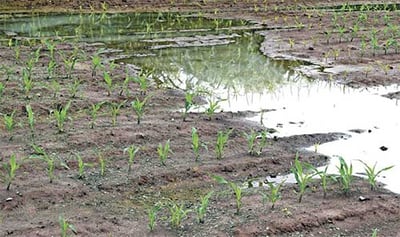 Paying close attention to the soil, is possible to spot with anticipation, what is happening. The lack of oxygen manifests normally with unpleasant smells and yellow/blue spots. Moreover, is more evident that the water struggles to penetrate into the subsurface, causing water stagnation on the surface (we already analyzed the consequences of water stagnation). At this point, the tillage will get more difficult as well, needing more traction and more passes: this is because mellow clods are formed which cause ploughshares’ smearing.
Paying close attention to the soil, is possible to spot with anticipation, what is happening. The lack of oxygen manifests normally with unpleasant smells and yellow/blue spots. Moreover, is more evident that the water struggles to penetrate into the subsurface, causing water stagnation on the surface (we already analyzed the consequences of water stagnation). At this point, the tillage will get more difficult as well, needing more traction and more passes: this is because mellow clods are formed which cause ploughshares’ smearing.
To summarize: a terrain which is lacking of quantity of nutriments, a difficult tillage and the loss up to a fifth of the total harvest, are the dramatic consequences of soil compaction: a phenomenon which, if not controlled from the beginning, may bring problems, economic as well, of huge dimensions.
Remedies and prevention methods
As well as for other problems, the period “prevention is better than cure” is valid also for water stagnation issue. In fact, nevertheless various remedies are existing to limit the phenomenon, are never as good as preventive ones.
It is very difficult to spot since the beginning the level of compaction of the soil, so it is necessary to adopt specific countermeasures, especially during the working phase, which is normally delicate. It would be a good choice to strengthen the soil by adding organic substances, in a way that it can result more resistant to the pression caused by the passes of heavy machineries. Furthermore, is crucial to often control pH values. The soil with a neutral pH becomes more comfortable for living organisms which help the formation of pooled elements, powerful allies against the compaction.
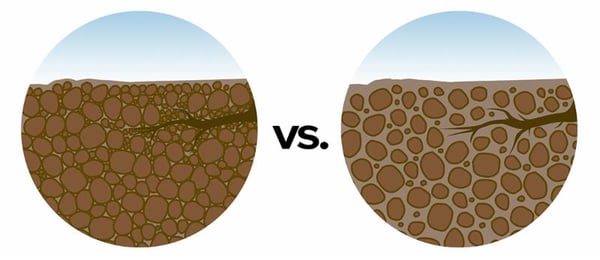
As we already said, preventing is the best solution to avoid soil compaction. In such cases, one of the most used techniques is the reduction of the air pressure inside the tires of the agricultural machines: doing so, the traces are larges but less deep, reducing the degree of compaction. At the same time, this technique brings an increase of traction capacity and so a minor pressure on the ground.
However, the best solution is still the use of specific agricultural machines which allow a fast and non-invasive soil preparation. Forigo Stone Buriers, for instance, are designed and manufactured to contrast these problems, by ensuring the highest productivity of the soil. Thanks to a specific design, these machines can:
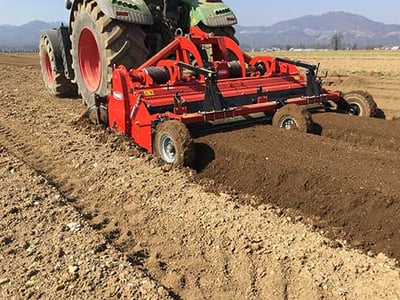
- Work the soil;
- Bury clods, stones and crop residues;
- Create a homogeneous layer of the soil, leaving the lighter and refined soil on the surface and placing the rough one underground in order to increase the drainage and the porosity;
- Reduce the hard pan
Besides all of this, Stone buriers can also:
- Form raised beds;
- Lay down the T-tape drip line pipe;
- Lay down the film and prepare the soil for the mulching phase;
- Distribute fertilizers.
The benefits coming from the use of an agricultural machine are clear: soil preparation (which is the most stressful phase for the soil) is reduced to a single passage by avoiding the continuous weight charge on the terrain. This reduces also the risk to obtain a fragile soil and, during the year, the possibility of fertility loss.
It is very important then to plan a strategy of the agricultural processes, considering the characteristics of the soil and a inhomogeneous rotation.
Conclusion
In this article we analyzed the compaction of the soil, its causes and which prevention measures are possible to follow in order to avoid its effects. With the arrival of new technologies and new agricultural procedures, this has become a widespread phenomenon, causing also in some cases harvest loss. For this reason, it’s necessary to take advantage of the best techniques and machines in order to reduce the risk of compaction of tilled fields.
If you have any doubt or you need more information about the methods against this problem, do not hesitate to contact us: Forigo team will be glad to answer to your questions and provide you the best solutions according to your needs.




